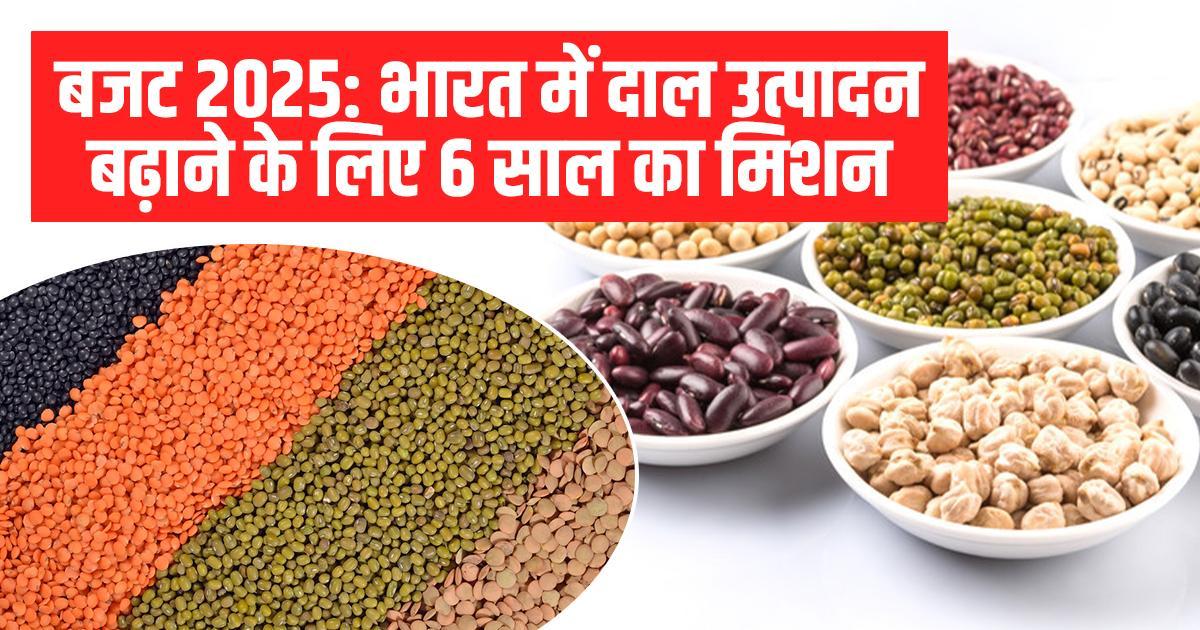
Pulses form the backbone of Indian agriculture and nutrition, playing a crucial role in the country’s food security. Over the years, significant changes have been observed in the trends of pulse production and processing in India. Despite being the world's largest producer and cultivator of pulses, India still spends ₹32,000 crore annually on pulse imports. Let’s take a closer look at the current state of pulses in the country.
According to the Food and Agriculture Organization (FAO) of the United Nations, India is the world’s largest pulse-producing country, contributing 28% to global production. Additionally, India utilizes the highest land area for pulse cultivation, covering 38% of the total global acreage.
However, India’s performance in terms of productivity remains concerning:
Low Productivity Leading to High Imports: While India has a vast cultivation area and significant production capacity, its pulse productivity is extremely low. This results in a supply-demand gap, forcing the country to rely heavily on imports to meet domestic consumption needs.
Pulse Imports in 2023-24:
Need for Policy Reforms in India’s Pulse Sector: